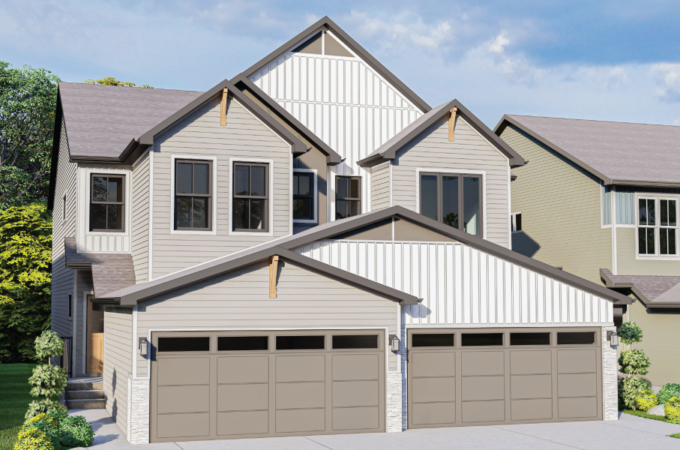
Rising Damp. How to Spot it and How to Stop it
Dampness occurs when excessive amounts of moisture are in the air and on a solid surface. Buildings with dampness typically attract mildew and end up incurring structural damage.
Too much indoor moisture is bad for both the health of the building and the health of the people using the building.
Rising damp is another kind of dampness which refers specifically to the dampness found in the walls of a structure.
It describes the process where ground-level moisture rises through the small tubes and pores of the wall material. This is very common in walls which are made from brick material because bricks have lots of small tubes in them.
Also, you need to be careful of any porous flooring material too because floors with timber or plaster material can easily absorb groundwater.
If porous walls are there too, the groundwater will get sucked right up through the tubes of the wall material and cause the rising damp effect to happen.
It is important that you spot the signs of rising damp and then eliminate it before the damage to your structure gets worse. Below are the top 5 signs to watch out for. If you are looking to purchase a home, you can have a local building inspector conduct a building inspection to locate these signs for you, whether you are in Newcastle, Perth or Alice.
Table of Contents
TogglePeeling Wallpaper
If you have wallpaper on your walls, then you can easily tell if rising damp is occurring in them. Just pay attention to the condition of the wallpaper, especially near the skirting boards.
Any wallpaper that is peeling or coming loose from the wall is likely affected by the rising damp in the wall. The adhesiveness of the wallpaper needs dryness to stay strong. Moisture diminishes the adhesive material.
Damp Stains
Damp stains, also known as tide marks, on the walls are an indication of rising damp. When the groundwater evaporates, the water vapour and salts end up staining the lower areas of the walls.
These stains will be visible about 1 metre from the top of the skirting boards. They will appear as brownish or yellowish patches all along the bottom of the walls.
Cracked or Rotting Skirting Boards
Skirting boards are usually made of timber. It also does not help that they are so close to the ground where water rises from. As a result, the skirting boards are the first to be affected by rising damp.
They will start to rot, decay, and crack up all over the place. You may even see fungus spread out from the side of the boards.
Black Mould
Black mould is what most people recognise immediately. Its dark and distinct colour certainly looks out of the ordinary when it is on your walls and skirting boards.
If you have let the damp stains progressively get worse, that is when black mould starts to take shape and spread across your walls.
Musty Odour
Between the mould and the dampness coming from your walls, there will be a musty odour in the room. Not only is this an unpleasant smell, but it could cause you respiratory health problems too.
Until you resolve the situation, you should wear a dust mask in the room which has the rising damp in it.
How to Eliminate Rising Damp
The first thing you do is identify the cause of the rising damp. Is rainwater leaking from your roof? Are your drainpipes leaking? Are your gutters clogged? Fix any issues which exist with your gutters, drainage, and roof.
Next, give your rooms plenty of air circulation by installing adequate ventilation. You could also dehumidify the rooms to eliminate any existing moisture in them.
Once the rooms are no longer moisture friendly, you can proceed with tearing off the wallpaper and any rotten wood material of the skirting boards which exists.
If you have brick walls, there is a special damp proofing cream which you can inject into the pores of the bricks. This cream creates a protective barrier that repels water away.
Image Pixabay License CCO





